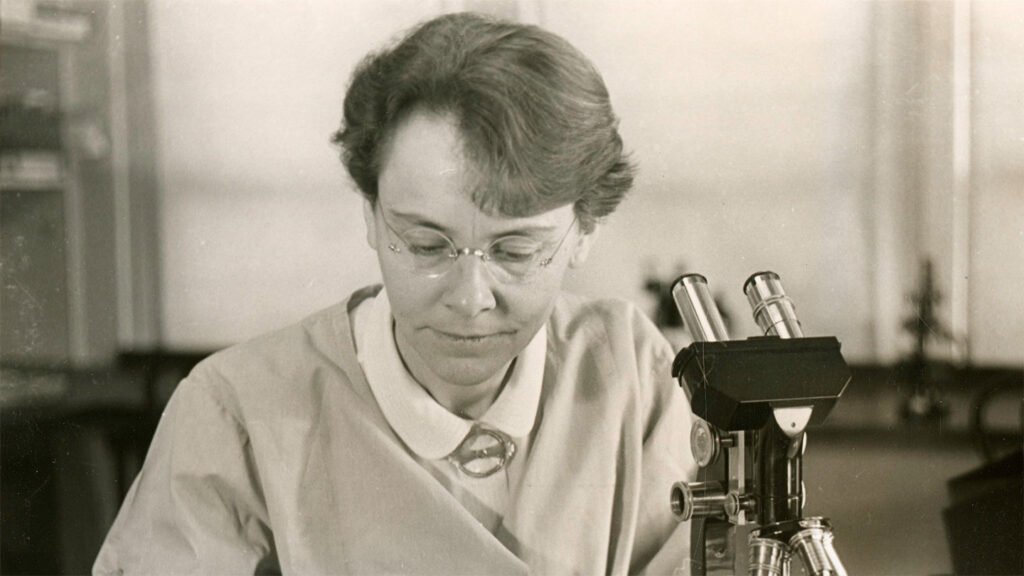The Shape of Wonder
Alan Lightman and Martin Rees
Pantheon, $28
One of my closest friends is a neuroscientist, investigating how brain cells develop and how they search for and choose other brain cells to connect with. Her research can sound intimidating, but when she’s not trying to decode the mysteries of one of the body’s least understood organ, she’s like anyone else. In her free time, she watches Netflix and goes for runs. When we meet for brunch, we talk about the books we’re reading (we’re avid nonfiction readers).
About 0.1 percent of the global population, some 8.8 million people, identifies as scientists, which means only a small fraction of people personally know a scientist. Perhaps that unfamiliarity is why almost a quarter of Americans say they’re not confident that scientists have the public’s best interest at heart. In their new book, The Shape of Wonder, physicists Alan Lightman and Martin Rees aim to win the public’s trust by demystifying what scientists do, what their motivations are and what they’re striving for.
Lightman and Rees bring us into the minds of scientists, illuminating how they think and operate. By observing the physical world and applying critical thinking skills, scientists devise and test hypotheses about how the universe works. This basic process is behind countless societal advancements, including increased food production, longer life expectancies and treatments for diseases.
Just like any other human being, the authors acknowledge, scientists as individuals can be swayed by emotions and have their own biases. But as a group, they aim to continuously improve the collective understanding of the world in an objective way. How they arrive at their discoveries can differ — some findings are accidental while others come from incremental studies. But the common thread is what the authors call a “prepared mind,” which is obtained through years of study and allows scientists to recognize findings that are remarkable.
Perhaps the most engaging parts of the book are the profiles of scientists, which pull back the curtain on their daily lives, motivations and influences. Unlike the monolith of geeky and awkward people commonly portrayed in pop culture, scientists are a diverse bunch. Readers meet contemporary scientists, such as Lace Riggs, a mid-30s American neuroscientist from a working-class background, and Magdalena Lenda, a Polish ecologist in her 40s who loves Argentine tango. Historical scientists also get spotlighted, including Barbara McClintock, an American biologist who won the 1983 Nobel Prize in physiology or medicine for her discovery of jumping genes, and Govind Swarup, remembered as “the father of radio astronomy in India.”
While the book’s intended audience seems to be people without science training, the authors sometimes throw out academic lingo and references without explanation, such as PubMed (a science paper database that biomedical researchers often use). It was also disappointing to see numerous mentions of the scientific achievements of James Watson, the Nobel Prize–winning biologist who helped discover DNA’s double helix structure in the 1950s, without noting that his repeated racist, sexist and homophobic comments later sullied his legacy.
In the end, the authors argue that scientists must act as resources for policy makers and the public. In this fractured era of post-truth, evidence-based thinking is slipping away. Scientists’ technical expertise can help us navigate some of today’s biggest ethical concerns, related to topics such as artificial intelligence and gene editing. By connecting with the humans behind science, more people will perceive scientists not as elusive elites but as fellow members of society.
Buy The Shape of Wonder from Bookshop.org. Science News is a Bookshop.org affiliate and will earn a commission on purchases made from links in this article.
Read the full article here


